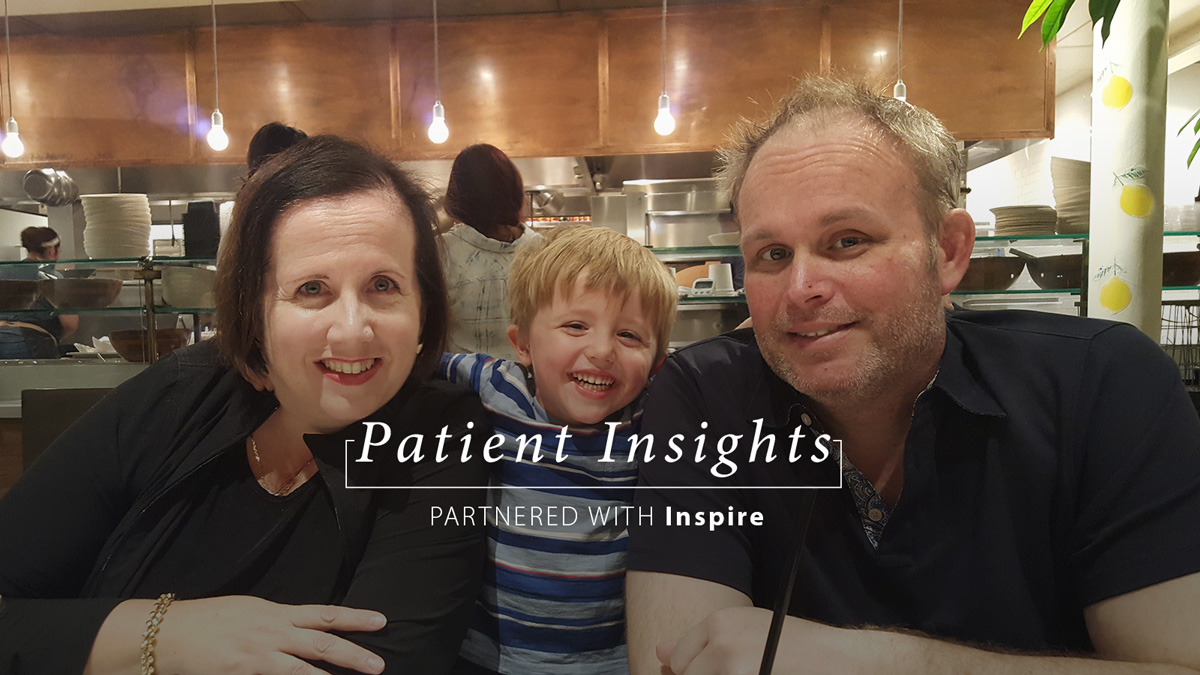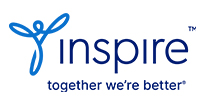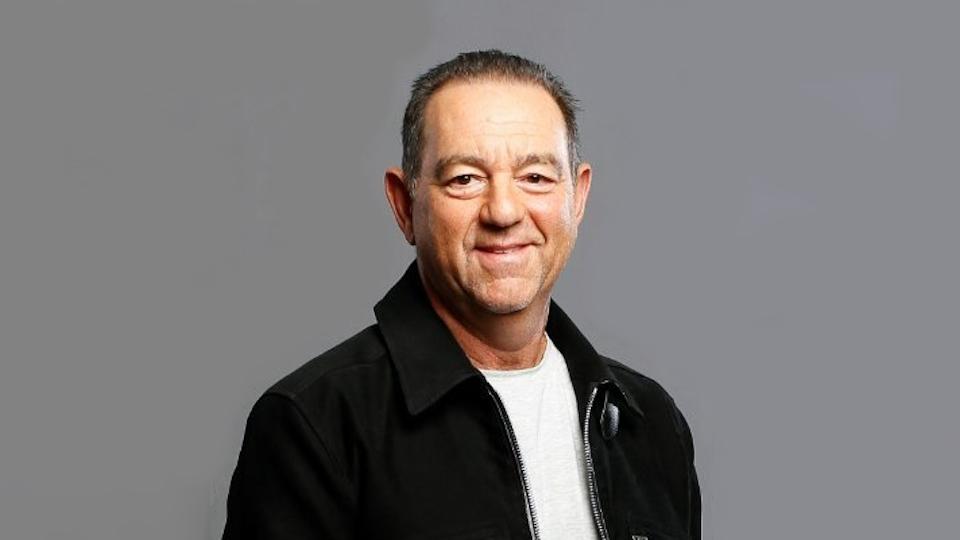The hidden danger of isolated congenital asplenia

TEAM 4 Travis is an advocacy group with one objective – to ensure it doesn’t take an autopsy to diagnose isolated congenital asplenia. As part of our Patient Insights series, founder Allison Bones tells us why she is determined to stop history repeating itself.
When Travis Bones died just days after his fourth birthday, his family had no idea he had a rare birth defect that had left him without a spleen – and extremely vulnerable to infection.
It was the medical examiner who told Allison, still reeling from losing Travis’ dad, Jamie, to colorectal cancer just five months before, that her little boy had isolated congenital asplenia.
“Six days after his birthday party, Travis started complaining that he felt cold: no one should be cold in Arizona in August,” said Allison.
“Then he started vomiting and I noticed he had a fever. That was the beginning of the end of his life.”
Despite being reassured by a physician assistant friend and Travis’ own paediatrician, then sent home from an urgent care appointment following a range of tests, Allison knew something was wrong.
“They said it was probably the flu and we went home. That afternoon, I had never seen him so lethargic. His skin was mottled, almost transparent, and you could see the blood beneath it.
“When I was buckling him into his car seat to take him to Phoenix Children's Hospital, his eyes just rolled back in his head.”
Neighbours started CPR immediately, and when the first responders arrived, and they rushed Travis to hospital by ambulance. Allison, who wasn’t allowed into the emergency room, could do nothing but wait.
“After about 40 minutes, the doctor came out and delivered the devastating news that they had been unable to restart his heart.
“I was in complete shock. I had lost my husband five months earlier, and now this doctor was standing there telling me that my son is dead, too,” she said.
It was yet another devastating blow for Allison whose twins, Shelby and Dalton, died within eight days of being born at 24-weeks gestation six years earlier.
Team4Travis
Unbeknownst to Allison, her “rainbow child with the megawatt smile” had contracted haemophilus influenzae type A. Without a spleen, his body was unable to fight the rare bacterial infection, and it had developed into sepsis.
“It was only through an autopsy that we were able to learn the cause of Travis' death. They asked if he had ever had surgery, and when I said no, they explained he only had a small remnant of splenic tissue,” said Allison.
“I had to do something. If my son had died of this disease that no one had ever detected, how many other children were out there without a spleen?”
Together Ending Asplenia Mortality, or TEAM 4 Travis, which campaigns to raise awareness and provide education to both the public and the medical community, was born of this desire to save lives.
“I know many people with rare diseases talk about the diagnostic odyssey and that it can last years. But for us, the diagnostic odyssey happened quickly and, sadly, only after Travis’ death.
“What we are trying to do is get to a place where asplenia is detected outside of an autopsy.”
That won’t happen without raising awareness of the condition and its “red flags” among healthcare professionals, Allison believes.
Educating doctors to look for Howell-Jolly bodies, a biomarker of asplenia, in children with frequent infections, and sonographers to check for the presence of a spleen in pre-natal scans may both be viable ways of detecting the defect before it is too late, she said.
Research and legislation
TEAM 4 Travis is currently fundraising to support more research into the genetic mutations that cause isolated congenital asplenia.
Allison is a member of The Everylife Foundation’s Rare Disease Legislative Advocates Advisory Committee. She also works with the organisation’s Newborn Screening Working Group, calling for the reauthorization of the Newborn Screening Saves Lives Act.
First passed into law in 2008, the act, which established national newborn screening guidelines, has since expired. While reauthorisation has passed the House, it has met with resistance in the Senate because of concerns over parents’ ability to give informed consent, Allison explained.
“In the US, newborn screening is handled individually by each state so it's a challenge to bring standardisation to the process.
“Getting the reauthorisation act passed will help, because it will provide for more federal funding for research and additional newborn screening campaigns,” she said.
Asked her opinion on the informed consent argument, Allison said it had changed since her own child had died from a rare disease.
“It just needs to be explained to people, like it was to me. Obviously, there is this flurry of frenzied activity when a baby arrives, but if education starts before delivery, there is no reason to think this is too complicated for parents to understand.”
Steep learning curve
Allison knows more than most how it is possible to educate parents – she has, after all, gone from business and marketing to genetics and medical science within the space of a few years.
“When I am reading the papers that I find on PubMed, I still have a medical dictionary app open as well,” she joked.
Running an advocacy group, however, had never been on her agenda.
“To be honest, I was quite happy being a wife and mother. But maintaining this work for Travis is the way I can continue to be his mom. It’s his legacy."
Click here for more information on TEAM 4 Travis.
About the author

Amanda Barrell is a freelance health and medical education journalist, editor and copywriter. She has worked on projects for pharma, charities and agencies, and has written extensively for patients, healthcare professionals and the general public.
 Patient Insights is a monthly series that appears in partnership with Inspire, a company with an online support community of more than 2 million patients and caregivers worldwide.
Patient Insights is a monthly series that appears in partnership with Inspire, a company with an online support community of more than 2 million patients and caregivers worldwide.












